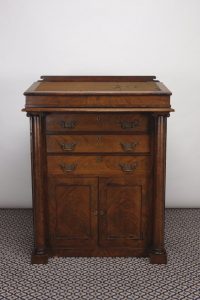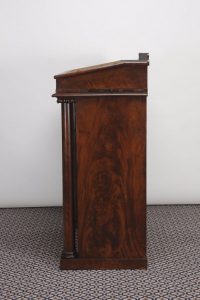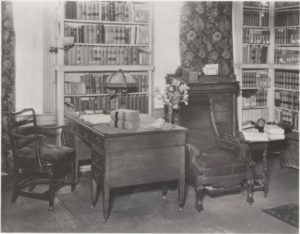In today’s oral argument of Oil States, there was an exchange where the government’s representative was asked how frequently panels are enlarged by the Board. The answer given is shown below (with a chunk omitted for brevity):
15 CHIEF JUSTICE ROBERTS: Does it
16 comport to due process to change the
17 composition of the adjudicatory body halfway
18 through the proceeding?
19 MR. STEWART: This has been done on
20 three occasions. It’s been done at the
21 institution stage.
22 CHIEF JUSTICE ROBERTS: So I’ll
23 rephrase the question. Was it illegal under
24 those three occasions?
…
11 MR. STEWART: I — I don’t know how
12 the institution decisions came out. This has
13 not been done at the merits stage, if you will,
14 when patentability was actually being — being
15 determined. But our primary point would be
16 that if there’s a constitutional flaw in that
17 procedure, then a person who is actually harmed
18 by its use in a particular case -
You can view the whole exchange in the transcript at pages 45-47 [here].
I came away from reading that exchange thinking that the government was saying that the PTO has only expanded IPR/CBM panels three times. If that was the intended message to the Court, then I think the government needs to double-check its figures. By the Chief Judge of the PTAB’s own slide presentation to PPAC on November 9, 2017 [Link], there have been four expanded panels in 2017 alone. Also, those do not include the expanded panels in IPR2013-00219 (Yissum), IPR2014-00508 (Target), IPR2014-00319 (Apple), and IPR2015-00762 (Zhongshan). If four expanded panels were used in 2017 alone, it appears that the PTO is using expanded panels with increasing frequency.
Moreover, the substantive use of an expanded panel in Ex parte Alappat cannot be overlooked. Granted, Alappat was pre-IPR days. However, the PTO showed in Alappat that it is certainly willing to use an expanded panel for a substantive issue rather than just procedural issues. For more on Alappat, see the Federal Circuit’s en banc opinion, particularly Judge Mayer’s (and Judge Michel’s) dissent, [here].
Ex parte Alappat was recounted in rather dramatic fashion in this FICPI publication [Link] at pages 98-99, where it was noted that the original three-member Board panel was expanded by adding the Commissioner of the USPTO, “Deputy Commissioner Comer (a person with no patent background or expertise), Assistant Commissioner Samuels (a trademark expert with no patent background) as well as the Chair and Vice-Chair of the Board.” The original three-member panel was subsequently out-voted 5-3.
UPDATE 12/21/17:
A further expanded panel was used in IPR2017-01186 on December 19, 2017. The Chief Judge of the Board, acting under authority delegated by the Director, expanded a three judge panel by adding himself, the Deputy Chief Judge of the PTAB, and two Vice Chief Judges. The issue dealt with was the constitutional issue of sovereign immunity: [ERICSSON INC. and TELFONAKTIEBOLAGET LM ERICSSON v. REGENTS OF THE UNIVERSITY OF MINNESOTA].


